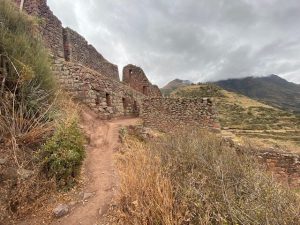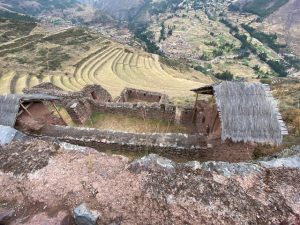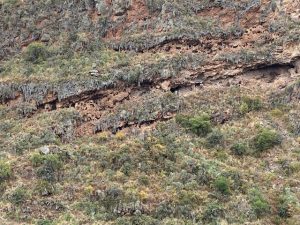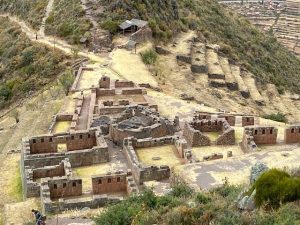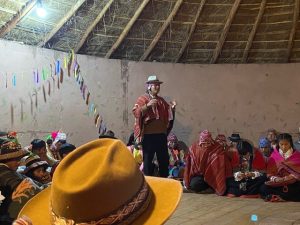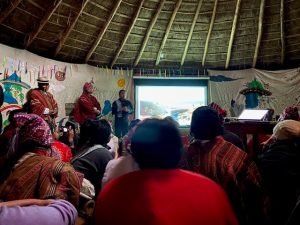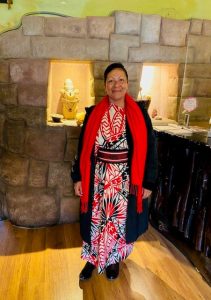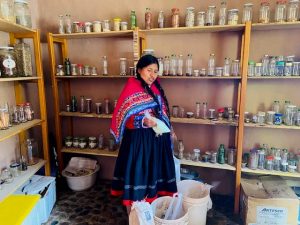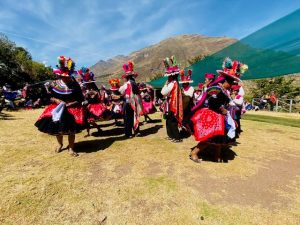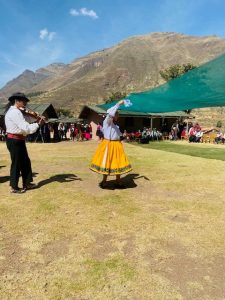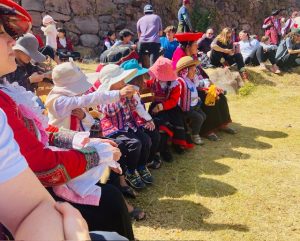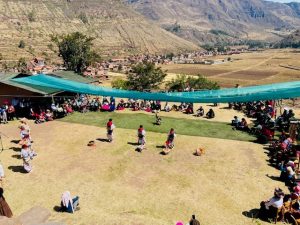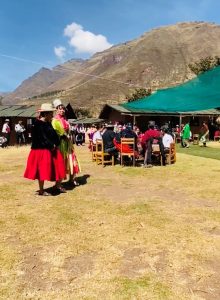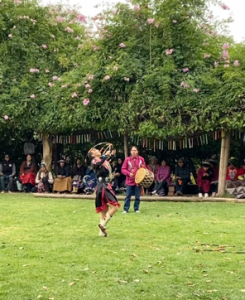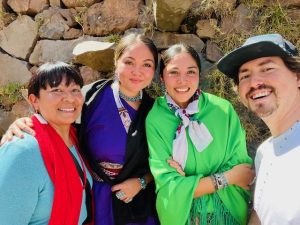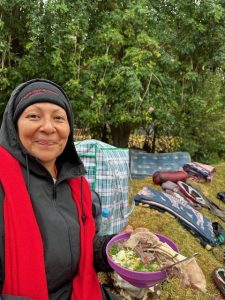Greetings everyone, I hope this message finds you well. The Chamiza Foundation board met on June 5, 2024, for the second and final board meeting of the year. The board met to discuss applications and determine awards. We received 6 applications, 4 were awarded grants. The awarded grants were focused on youth education & development, storytelling, and traditional arts. We look forward to witnessing the success of these programs and projects. These projects are listed below.
June was a very eventful month for me. A few months back, the Chamiza Foundation was invited to Taray, Peru to take part in the Inti Raymi Festival. On behalf of the foundation, I gladly accepted their invitation. Inti Raymi, or the “Festival of the Sun” in Quechua, is a traditional religious ceremony and celebration that occurs in Peru on June 24th every year. It pays homage to the Inca god Inti, the most revered deity in Inca religion and believed to be the ancestor of the Incas. The festival signifies the winter solstice and the start of the Inca New Year.
Last year, the Chamiza Foundation granted funds to the “Across the Americas” project. This project is a youth-led cultural exchange program designed to “inspire a global youth movement to elevate and reignite Indigenous wisdom, amplify youth identities, and reconnect Indigenous peoples across the North and South.” The program brought together Taos Pueblo tribal members, thirteen Quechua youth and three Amaru weavers to establish a permanent youth-led cultural exchange. The Quechua group arrived in New Mexico in early July 2023 and showcased their dances, songs, and weaving talents at several locations. The goal of the exchange program is to alternate locations each summer so that Pueblo and Quechua youth can experience both cultures. Our invitation to Inti Raymi came as a result of our support for this cultural exchange program.
On June 17th, I departed for Taray. After a 14-hour journey, I arrived in Cusco, Peru to meet my friends and colleagues, who would be my travel companions for the next week. On our way from Cusco to Taray, we stopped at the Saqsaywaman citadel. The complex, built by the Incas in the 15th century, features impressive dry-stone walls constructed using huge stones fitted tightly together without mortar. It was truly breathtaking!
The next day, we visited the Pisaq Ruins, an archeological site in the Sacred Valley located 3,300 meters above sea level. At the ruins, we observed farming terraces, ancient homes sites, and an Incan cemetery consisting of thousands of Inca tombs carved into the hillside of a cliff. That evening, we participated in the opening ceremony, where every individual had the opportunity to introduce themselves.
The following day began the Solstice Ceremony. In the morning, Magdalena Machaca Mendieta presented on water issues in Quispillaccta-Ayacucho, emphasizing the need to harvest water by creating lakes for people and animals. The second presentation was given by Qootsvenma, who is Hopi and Ohkay Owingeh. He spoke about the Pueblos located in New Mexico and the Hopi nation, as well as the Pueblo Revolt. Following his presentation, he and Emileah Lujan performed two different versions of the hoop dance. The Solstice Ceremony began at 5pm that evening and concluded the next day at 8am, featuring a full night of song and dance. Interestingly, although Peru usually does not get rain from April to October, during the ceremony, rain fell after the Pueblo people danced, leading one Peruvian participant to remark that the “Elements cannot deny what is being requested”. It was a beautiful sight! That evening, Mr. Roman Vizvarra Noriega presented on the “Genesis of Andean Culture-Retrospective Carlos Milla”.
On our final day in Taray, we visited the Kusi Kawsay Andean School, a self-governed and non-profit school rooted in Andean tradition, offering education from Kindergarten through 11th grade. During our visit, we had the opportunity to see their seed bank and witness the delegations’ dances once more. Shortly after, we made our way back to Cusco, from where we caught our flight back to the US. It was an incredible experience, and I hope to return one of these days. I feel extremely grateful and blessed that I received this opportunity to make this trip on behalf of the foundation. Feliz año to everyone in Peru!
Below you will see an exciting announcement from the foundation, followed by an message from the Ashiwi College and Readiness Center.
Sincerely,
Dr. Amanda J. Montoya
- Pisaq Ruins
- Pisaq Ruins
- Pisaq Ruins-Cemetary
- Pisaq Ruins
- Roman Vizvarra Noriega
- Pueblo Presentation
- Dr. Montoya-Chamiza ED
- Nelba at Kusi Kawsay Seed Bank
- Danza de Las Tijeras from Ayacucho
- Ecuador Delegation
- Kusi Kawsay students
- Ayacucho Delegation
- Emileah Lujan of Taos Pueblo
- Emileah Lujan & Chris Lujan
- Mirabal Sisters, Dr. Montoya & D.Hoffman
- Dr. Montoya at Taray Peru

New Chamiza Foundation Employee
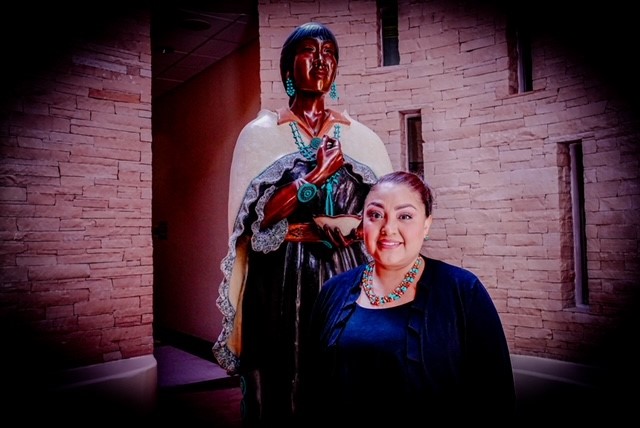
Dalene Coriz
The Chamiza Foundation Board and Staff would like to formally welcome Ms. Dalene Coriz to the Chamiza Foundation. Dalene will be serving as Executive Director Assistant part time. Dalene Coriz is from Santo Domingo Pueblo and currently serves as the Program Coordinator for the Leadership Institute at the Santa Fe Indian School where she founded Brave Girls; a girl’s leadership program. She is interested in developing relevant leadership curriculum for young girls focusing on the role of women in Pueblo communities. She has a Masters Degree from Arizona State University in Justice Studies and is looking forward to the development of projects that will directly serve youth from our New Mexico tribal communities. She is especially excited about her new venture with the Chamiza Foundation as the new Executive Director Assistant and the opportunity to continue working to serve Pueblo communities.

NOW HIRING
A:SHIWI College and Career Readiness Center
Director of Student Services

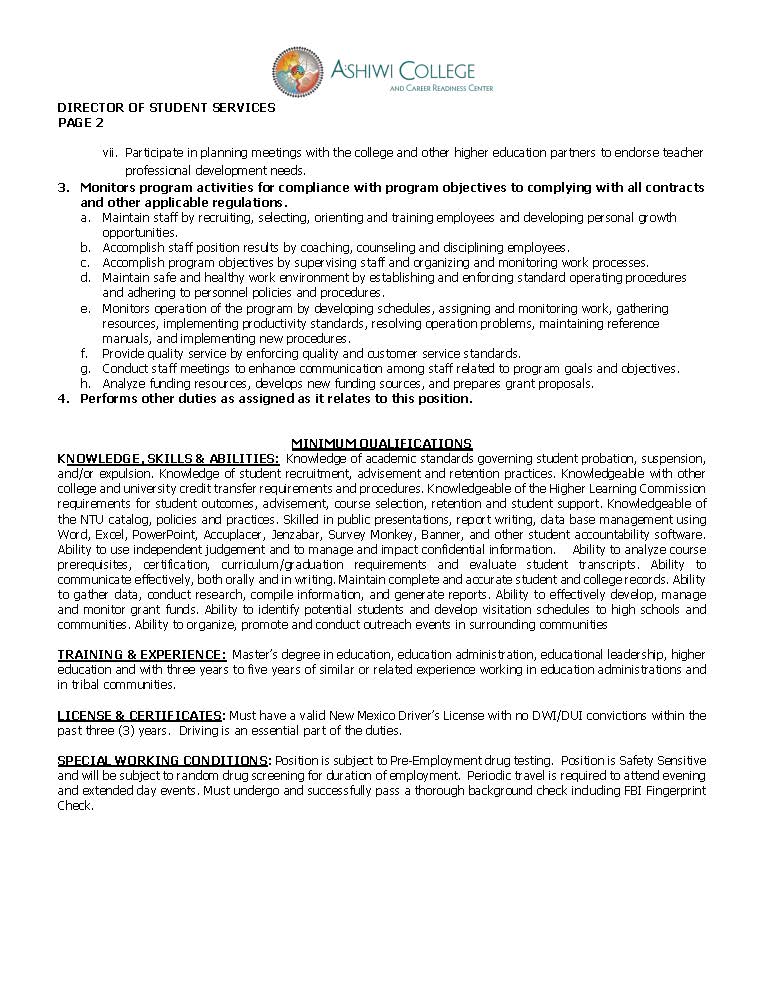

June 2024 Awardees
- Pueblo of Santa Ana: Santa Ana Youth Hands-on Hydrology Outreach (SAY H2O) Summer Program- Water is Life-Learning ancestral water uses/cultural exchange with Southern Ute
- Pueblo of Zuni: Zuni Youth Enrichment Project- Zuni Youth Art and Cultural Festivals
- LANL Foundation: Tribal Early Childhood Storyteller Gathering
- National Ghost Ranch Foundation: Northern Tribes Estudio Corazon Residency at Ghost Ranch

